Lower Soil pH
Dave289
9 years ago
Featured Answer
Sort by:Oldest
Comments (18)
Kimmsr
9 years agotoxcrusadr
9 years agoRelated Discussions
Lowering pH for Blueberries using Muratic Acid (nitric acid)
Comments (13)This is where you gotta have your soil test results handy... The key here is Your current PH and the soil's "Buffer PH" -- If your actual PH is close to your Buffer PH -- You are up against the proverbial "Brick wall" -- A huge amount of acid or base won't change the PH much.... If your actual soil PH is farther away from your Buffer PH -- you will be able to swing it fairly easily (Though it will swing back just as easily....) In the case of My soil -- PH = 5.0, Buffer PH = 7.2, so I could make a little amendment to raise or lower my soil PH by a considerable amount fairly easily, but it will swing back just as easily.... until I get close to 7.2... where it will stabilize and SIT if I get it there (Which I really don't want....) Now... On Muriatic acid -- It is just HCl -- Hydrochloric acid... It is a "Strong" acid... so it certainly does have the power to change your soil's actual PH... All the way past "Tingly" where it will rot rubber tires... Unfortunately, there is another magical thing called "Common Ion Effect" -- which is how Water softeners work.... which means when this gigantic amount of Chloride hits the soil -- it dissolves very well and kicks everything else out of solution... It makes many other minerals precipitate out (Bind up)... (stuff like Nitrates, sulphates, Stuff your plants need to live... etc...) You may be better off mixing in a bunch of Peat moss, pine needles, and sulphur, and then fertilizing with "Camellia, Azalea, and Rhododendron" fertilizer.... Thanks John...See MoreOrganic lowering of soil pH
Comments (15)Sulfur is a natural element found naturally in most soils and in various concentrations. Adding basic elemental sulfur to lower pH in one area may be the real way of correcting Nature's error. There may only be a question as to accepting it as organic inasmuch as just about all sulfur now is a bi-product of the petroleum industry. Working a lot of fresh shredded pine boughs and needles into the soil will also reduce the pH while being organic. White pines are especially effective at doing that but all other Christmas tree are probably as equally adept at it. Martin Here is a link that might be useful: pH & Pine Needles...See MoreLower soil pH or wait?
Comments (8)It is a "planting soil" and is supposed to contain compost and I think it does given the test results including near 6% organic content. My inclination is to go slow and watch what's happening. The plants are generally happy keeping in mind that everything (60 trees and similar number of shrubs plus hundreds of perennials) was just planted this spring. There's some transplant shock and we have lost a few trees and shrubs but overall they look pretty good. We have had a very dry (for NE) cool summer. Surprising to me the blueberries all look great. Their leaves look good, starting to turn normal red. The azaleas are also mostly happy. The perennials were looking nitrogen starved and i have now fertilized them. On the advice of an arborist I'm not adding any fertilizer this year to the trees as they settle in....See MoreHow do I lower Soil pH?
Comments (2)Fertilizer designated as "Azalea and Rhododendron Food" provides nutrients in a form that is available to ericaceous and other acid soil plants but generally is not designed to change soil pH except on a very short term basis. Elemental sulpher, aka "garden sulpher", is probably the safest and most effective soil acidifier, but in a small 3x8' area, don't bother trying to change the pH of the native soil at all. Instead, create a raised bed and fill it with naturally acidic planting media - aged softwood bark is excellent. It doesn't need to be deeper than 8-10" and you can rennew it in the form of mulch yearly....See Moregardengal48 (PNW Z8/9)
9 years agoKimmsr
9 years agorenais1
9 years agotoxcrusadr
9 years agoKimmsr
9 years agoSlimy_Okra
9 years agolucky123
9 years agotoxcrusadr
9 years agotishtoshnm Zone 6/NM
9 years agolucky123
9 years agoSlimy_Okra
9 years agoKimmsr
9 years agodrew51 SE MI Z5b/6a
9 years agoericwi
9 years agotoxcrusadr
9 years ago
Related Stories
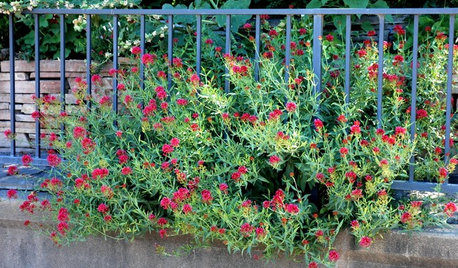
GARDENING GUIDESGrow a Beautiful Garden in Alkaline Soil
Got alkaline soil? Learn how to manage it and the many beautiful plants that will thrive in this ‘sweet’ soil
Full Story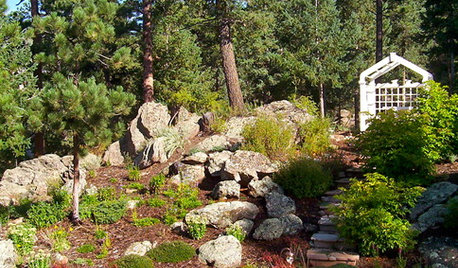
GARDENING GUIDESHave Acidic Soil in Your Yard? Learn to Love Gardening Anyway
Look to acid-loving plants, like conifers and rhododendrons, to help your low-pH garden thrive
Full Story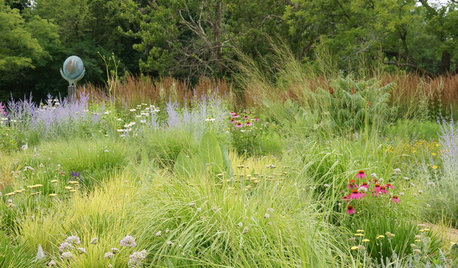
GARDENING GUIDESGet the Dirt on Your Garden’s Soil
Understand how your soil supports your plants so you can ensure your garden’s success
Full Story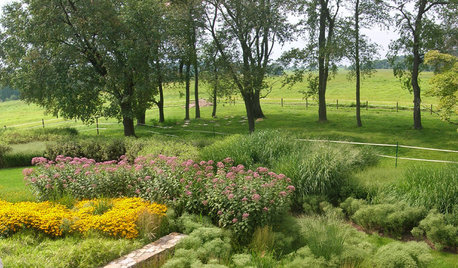
GARDENING GUIDESHow to Stop Worrying and Start Loving Clay Soil
Clay has many more benefits than you might imagine
Full Story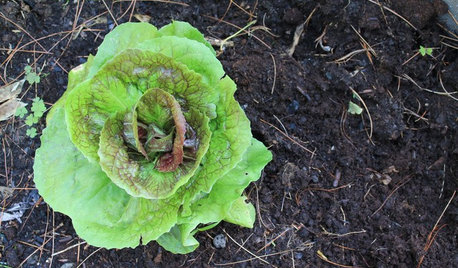
FARM YOUR YARDHow to Get Good Soil for Your Edible Garden
The nutrients in your soil feed the plants that feed you. Here are tips on getting it right — just in time for planting season
Full Story
GARDENING GUIDESGardening Solutions for Heavy Clay Soils
What’s a gardener to do with soil that’s easily compacted and has poor drainage? Find out here
Full Story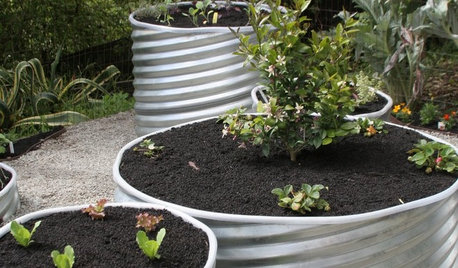
CONTAINER GARDENSContainer Gardening Basics: The Dirt on Soil
Learn the types of potting soil available and the best mixes to help your containers thrive
Full Story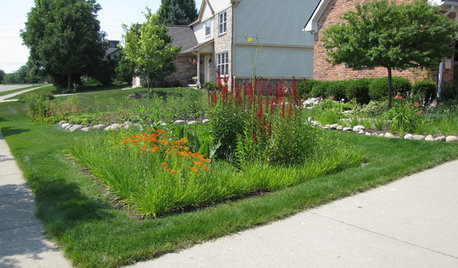
LANDSCAPE DESIGNHow to Shape a Rain Garden and Create the Right Soil for It
Learn how to grade, lay out and amend the soil in your rain garden to support your plants
Full Story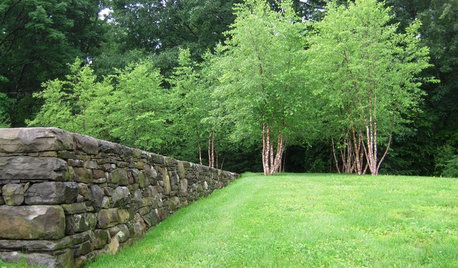
LANDSCAPE DESIGNFlood-Tolerant Native Trees for Soggy Soil
Swampy sites, floodplains, even standing water ... if you've got a soggy landscape, these trees are for you
Full Story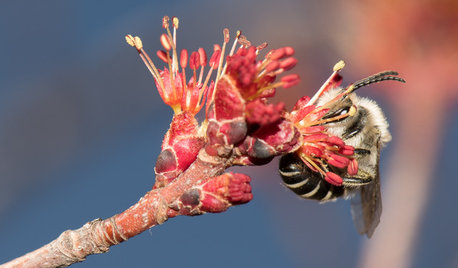
GARDENING GUIDESInvite Cellophane Bees to Your Garden by Providing Patches of Bare Soil
Look for cellophane bees (Colletes) pollinating flowering trees and shrubs in U.S. gardens this spring
Full Story


Slimy_Okra